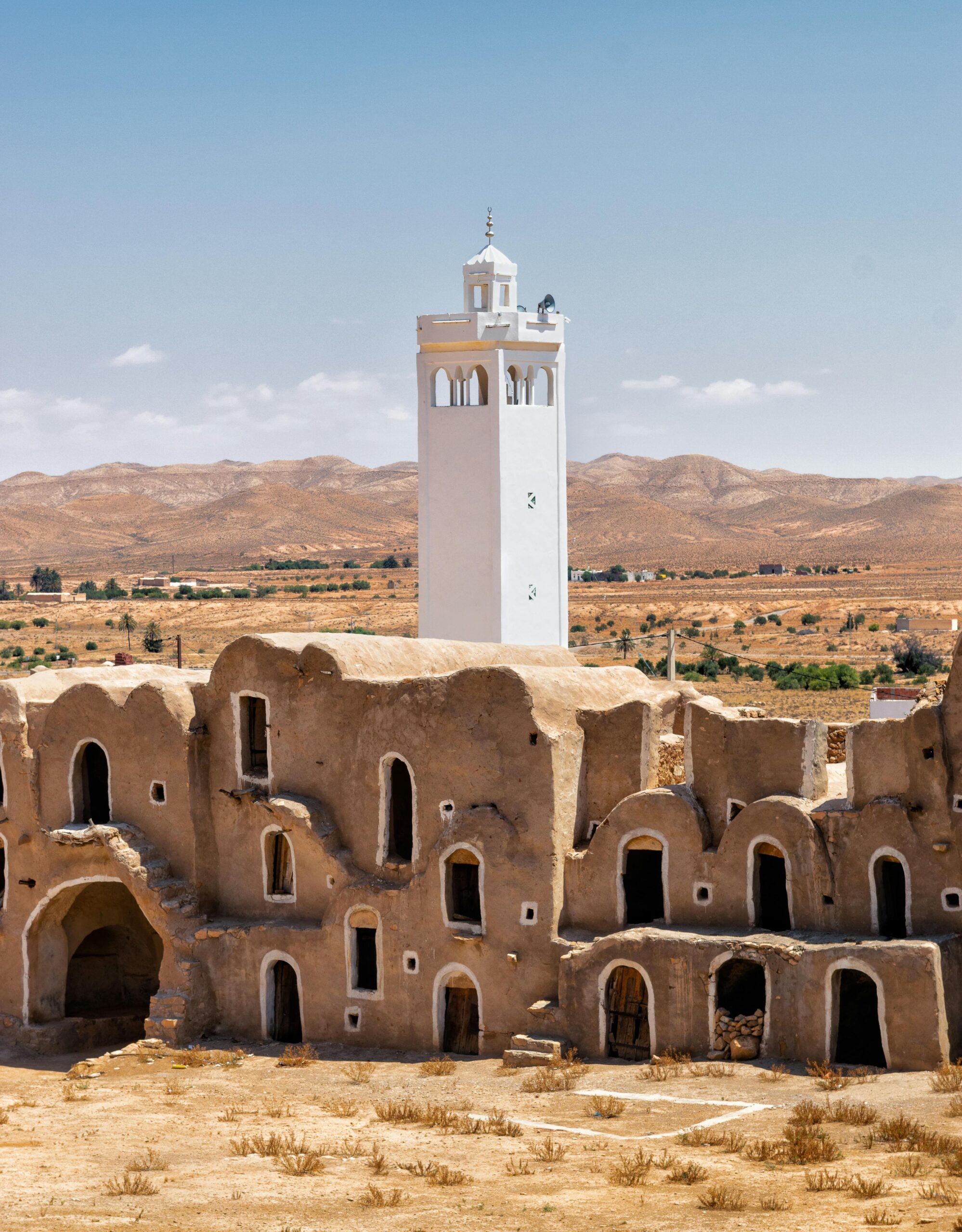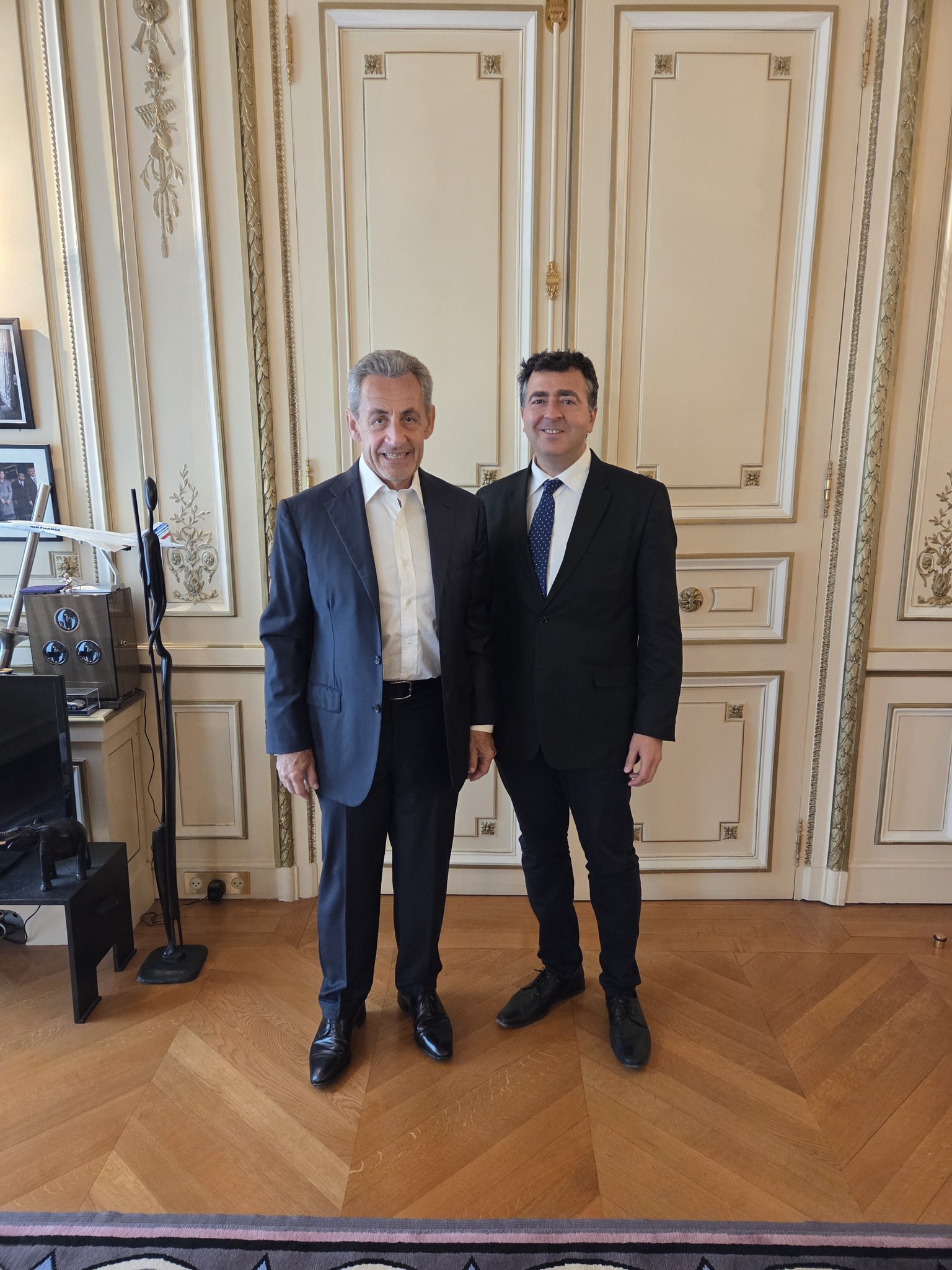The Middle East and North Africa (MENA) region holds a rare and extraordinary position in the global cultural landscape. As the cradle of civilization and the birthplace of major world religions, MENA is home to a breathtaking diversity of historic sites—many of which remain unknown, underfunded, or left out of the world’s tourism imagination. These places are not simply forgotten; they are waiting—waiting for vision, investment, and above all, a regional effort to turn memory into movement.
Today’s global travelers seek more than just luxury or relaxation — they search for meaning, connection, and authenticity. This shift presents a major opportunity for the region. From the ancient cities buried under desert sands to the lesser-known mountain monasteries, caravanserais, and Roman ruins, the MENA region offers stories the world is eager to hear.
But many of these sites are not accessible. They’re not promoted in international campaigns. Some don’t even have a road leading to them or signage explaining their significance. The barrier is not one of interest, but of integration. The assets exist — they simply haven’t been positioned as a strategic priority.
The underdevelopment of cultural tourism is not merely an oversight. It reflects deeper systemic issues: fragmented tourism policies, short-term thinking, and a persistent global narrative that frames the region through the lens of instability. While some parts of MENA face real political challenges, others are safe, vibrant, and ready for visitors. Still, outdated perceptions persist, often reinforced by media coverage that overlooks the region’s cultural richness and human diversity.

Photo by Mahmoud Yahyaoui
This perception gap is not just harmful — it’s costly. It keeps local communities from benefiting from sustainable tourism economies. It leaves behind generations of young people who could be working as local guides, heritage site curators, artisans, or digital storytellers. It also allows the world to continue forgetting the profound role the region has played — and continues to play — in shaping human civilization.
The real tragedy is not that the stories aren’t there. It’s that they haven’t been told well, or together. A siloed, national approach to tourism has prevented the region from harnessing its full collective power. But what if that changed? What if countries collaborated on cross-border heritage initiatives — recreating ancient trade routes as cultural corridors, connecting coastal cities through shared Mediterranean histories, or linking Islamic, Christian, and Jewish sites into pluralistic narratives of coexistence?
This is not just hypothetical. A compelling example is the Umayyad Route, a cross-border cultural itinerary developed with support from the European Union. Spanning Spain, Morocco, Algeria, Tunisia, Egypt, Jordan, and Lebanon, the project showcases the artistic and architectural legacy of the Umayyad dynasty. By linking diverse cities through a shared historical narrative, it repositions Islamic heritage as a unifying force across the Mediterranean. The route includes mapped sites, mobile apps, and multilingual materials, proving how regional cooperation can bring heritage to life and make it accessible to global audiences.
This would not be charity. It would be a strategy.
When thoughtfully designed, tourism is a tool for diplomacy, resilience, and regional integration. It creates jobs, supports small businesses, empowers women, and builds bridges between cultures. It also fosters a sense of pride in one’s past, especially when local communities are not just passive observers but active participants in shaping how their stories are told.
Heritage tourism, however, must evolve. It cannot be limited to static monuments and dusty museums. It must engage with innovation, education, and digital platforms. Universities, youth-led startups, and creative industries should be central in this reimagining.
The region can reach a broader and more diverse global audience by developing immersive experiences, virtual tours, and multilingual narratives — from schoolchildren to scholars, spiritual seekers to sustainability advocates.
The path forward is clear.
The region’s vast cultural memory is not just an economic opportunity — it’s a geopolitical advantage.
Soft power today is not only built through embassies, but through storytelling. And some of the greatest storytellers may be the very places that are overlooked: ruins on a hilltop, mosaics beneath the sand, and languages carved into stone.




